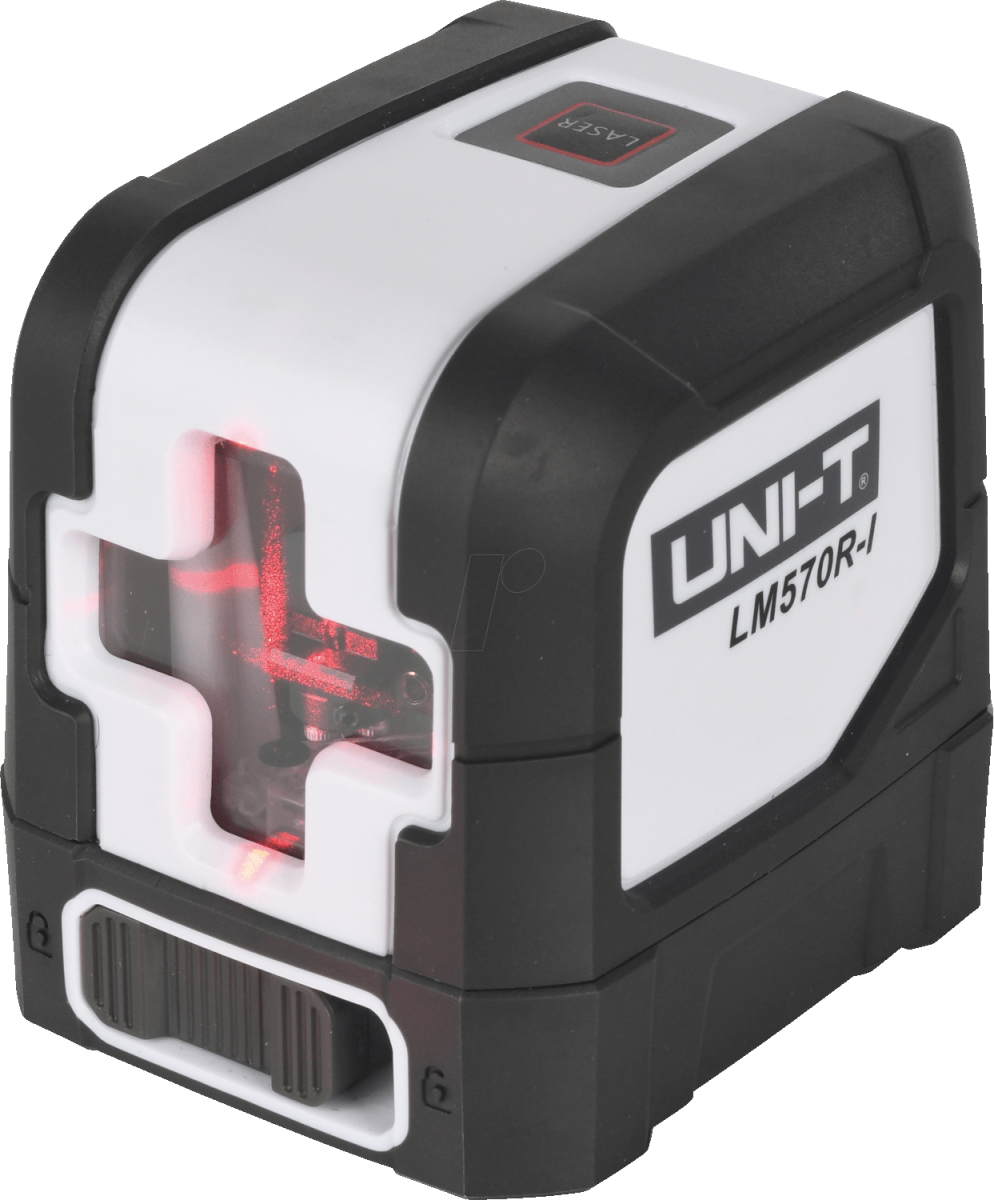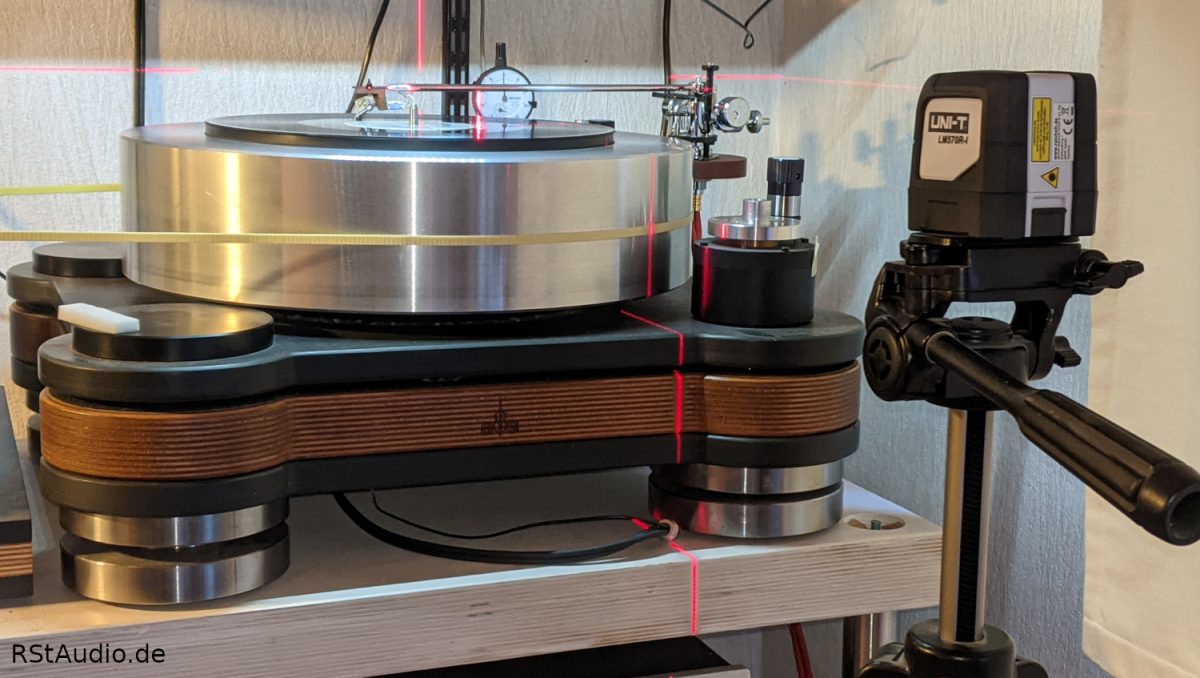
this project / page is under construction
Table of Contents
Introduction
24-03-2022
For some years now I have had a small line laser with which we wanted to build a setting tool for the VTA. Somehow, however, this project has always been postponed. In LP Magazine 2/2022 on page 24 there was an article entitled “High-Tech-Einstellhilfe aus dem Baumarkt” (sorry, only available in German). It describes how to use a cheap cross laser for the task. Unfortunately, we didn’t come up with this great idea ourselves. I immediately bought such a laser (approx. 30€). I’m afraid our project will no longer be realised, as the cross laser does exactly the same thing.
What is also needed is a tripod that can be aligned exactly horizontally. My cross laser is prepared to be mounted on a camera tripod. With this, I already had all the parts for the exact horizontal alignment of a tonearm together.
What does VTA and SRA actually mean?
24-03-2022
VTA – Vertical Tracking Angle
This is the angle at which the needle tracks the record when you look at the pickup from the side. This angle should be 92°. Usually, you have to align the tonearm horizontally to the surface of the record with the correct contact force and the needle on the record.
SRA – Stylus Rake Angle
In fact, it is precisely this angle that is important. Since there are different installation angles of the needle between the manufacturers, you will not always have set the exact angle with a horizontally aligned tone arm. But here, too, it is a matter of setting the angle of 92°, but measured directly at the needle. This can be done with a USB microscope and a subsequent measurement of the geometric conditions on the photo taken.
VTA Setting
24-03-2022
I first wanted to adjust my Mørch DP8, whose tonearm holder is equipped with a measuring gauge for the VTA. To do this, I had to remove my second tonearm – which is installed in such a way that it covers the laser beam on the Mørch.
With the Mørch I have a very comfortable situation. I have a vertical adjustment on the tone arm itself and also on the base of the arm. However, the tonearm vertical adjustment has to do without a scale, whereas the measuring gauge is installed at the base of the arm.
For adjustment, I placed the base of the tonearm near the minimum so that the measuring gauge points to 0. I aligned the arm horizontally with the Mørch’s vertical adjustment.
Before alignment, it is essential that the correct tracking force is set.
For measuring, I took an old 80g record and lowered the tone arm onto it. I set up the tripod with the cross laser approximately perpendicular to the tone arm tube, so that the vertical line runs approximately through the middle of the arm tube. I placed the horizontal line at the pick-up on the centre of the tonearm tube by adjusting the height on the stand. I then adjusted the height of the tone arm with its own vertical adjustment so that the horizontal beam ran the entire length of the arm tube, centred on the tube itself. This aligned the Mørch with its pickup exactly level. During the whole procedure it can happen that the height of the cross laser has to be readjusted slightly.
This is the basic setting that is also the final VTA setting for the majority of pickups on the market.
In the case of my pick-up, however, this is where the audible alignment begins again; the pick-up needs to be adjusted so that the tonearm is higher at the base. However, the measuring gauge gives me the opportunity to make reproducible changes to the VTA from a position that is now exactly horizontal. However, I prefer exact measurements to subjective adjustments by ear – see SRA adjustment.
SRA Setting
24-03-2022
There is a video on YouTube in which the SRA adjustment is made using a USB microscope. The needle is measured and set to the correct angle. So far I haven’t looked into this, but the idea is worth trying.

